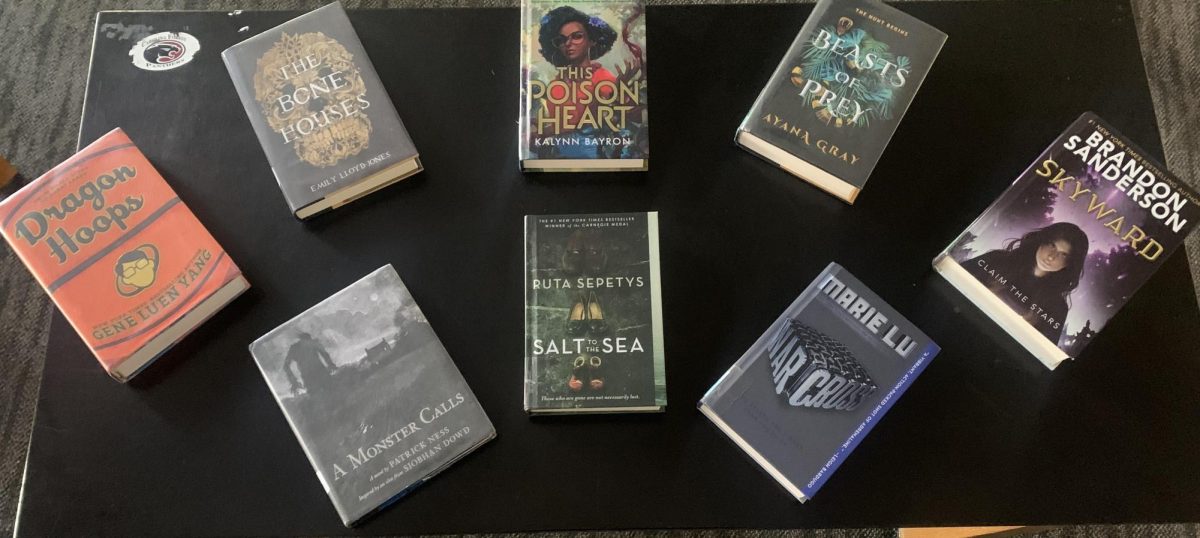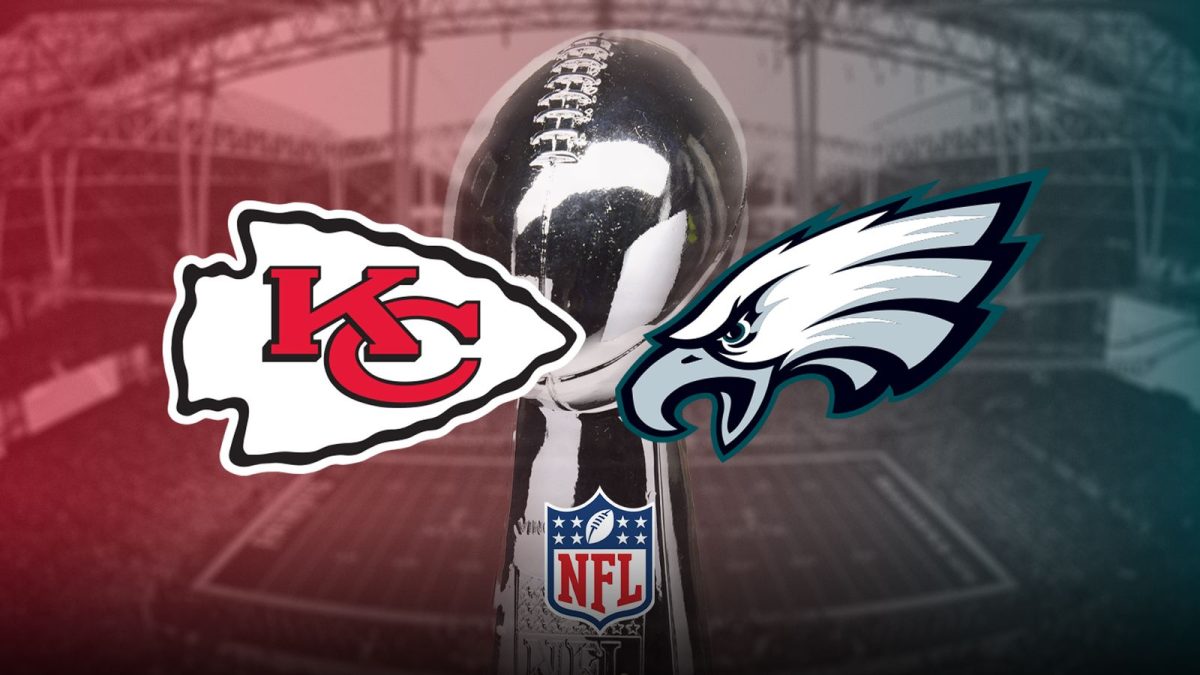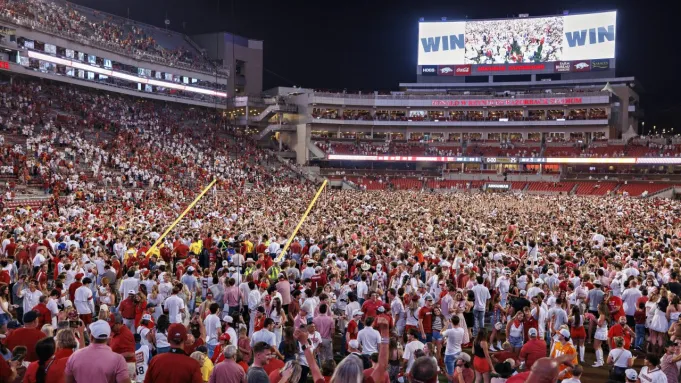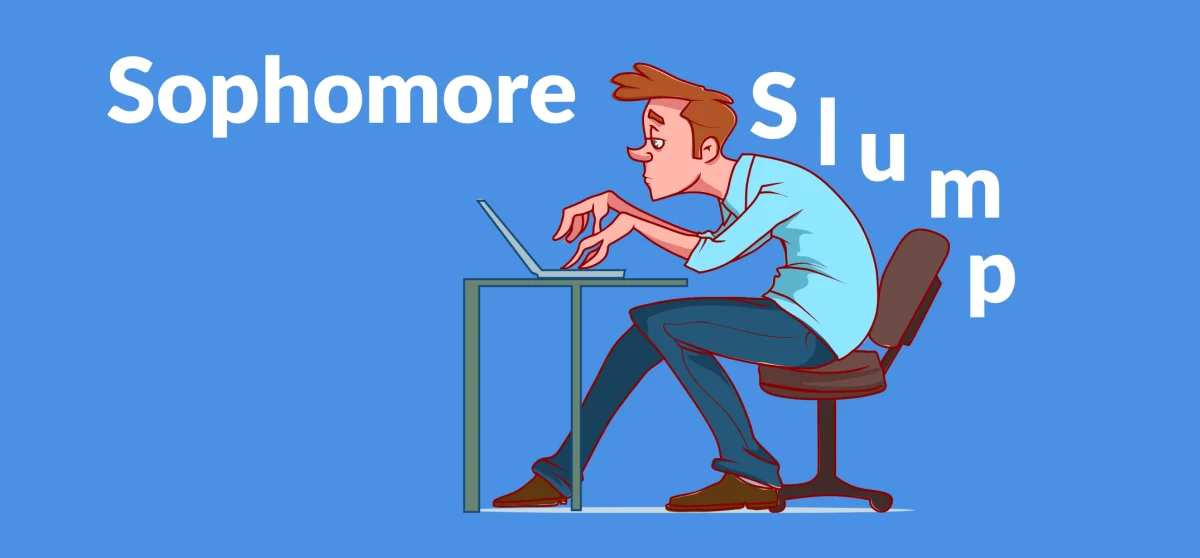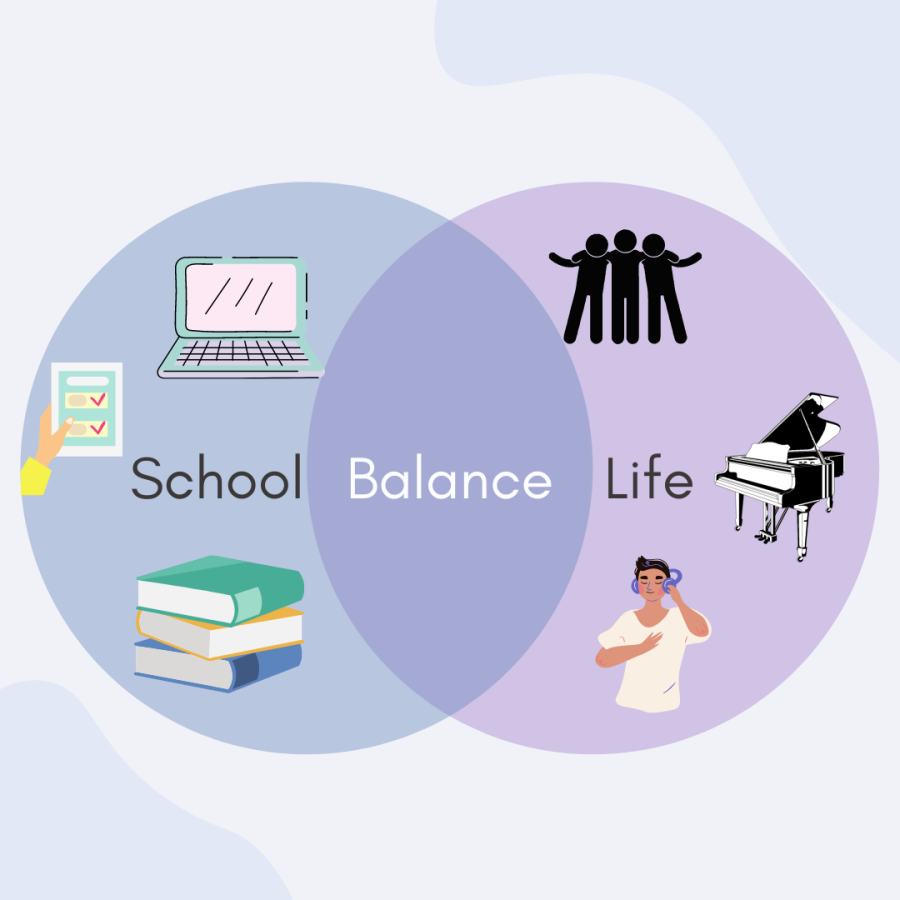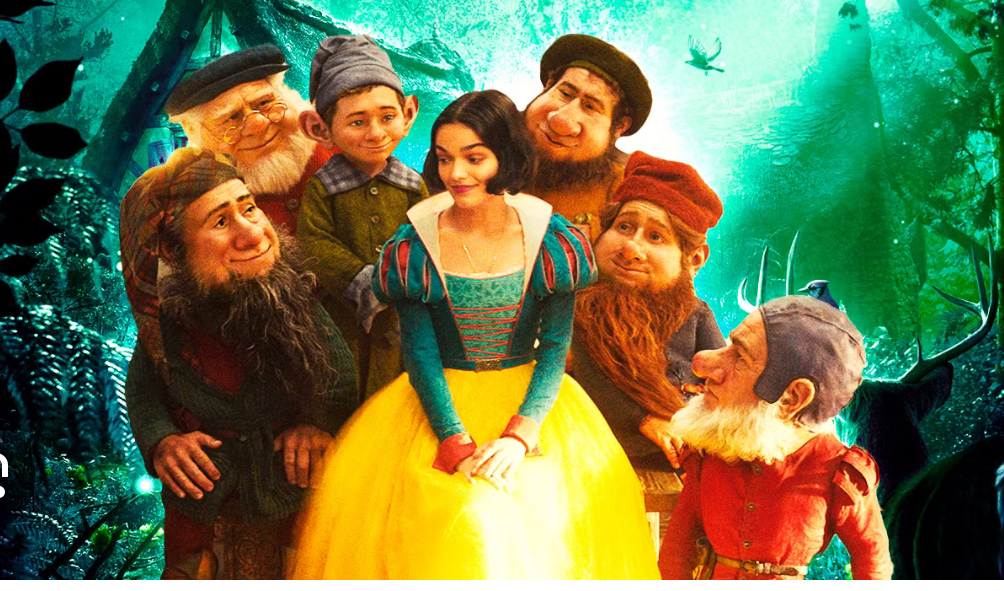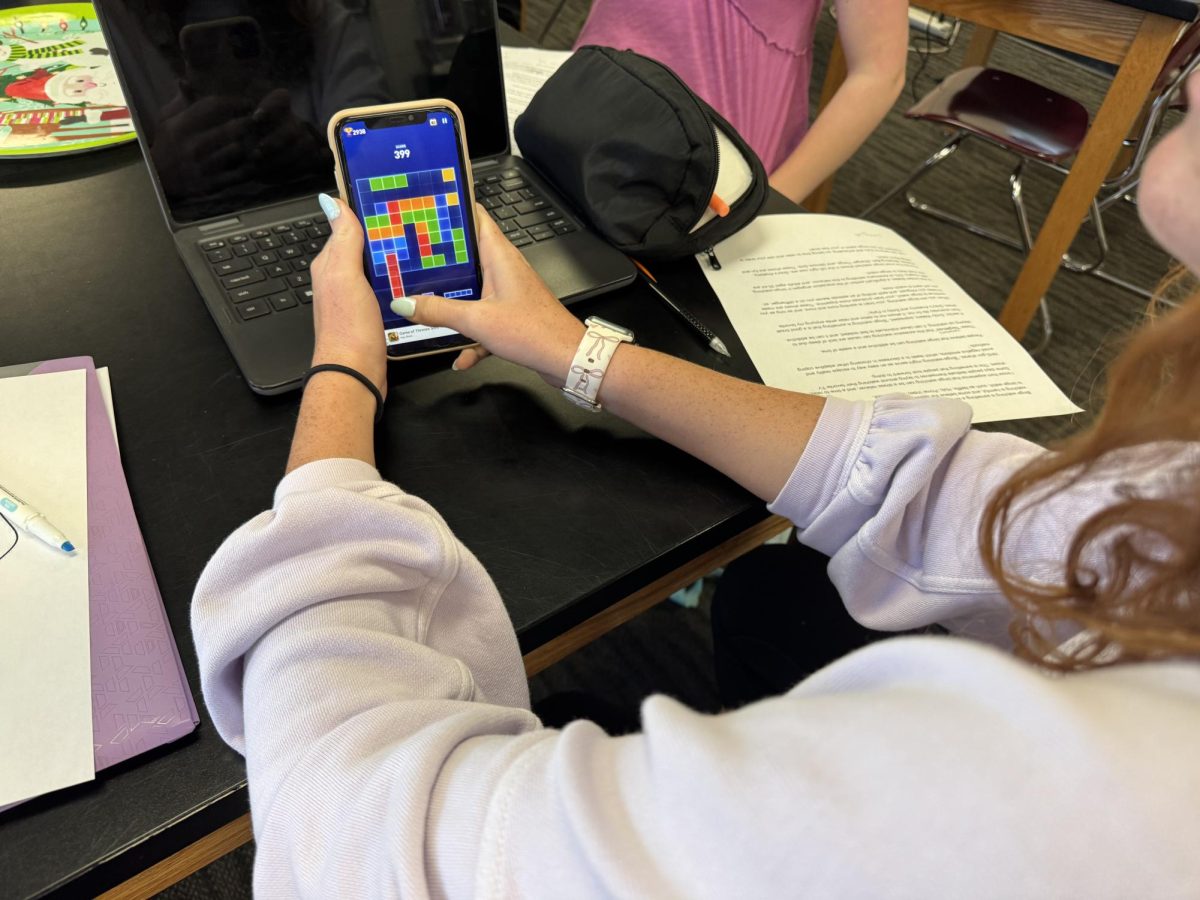What Does “LGBT” Mean?
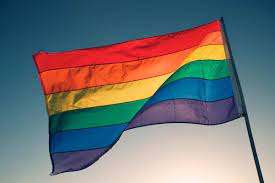
January 4, 2022
“LGBT” is becoming an increasingly relevant term that gets used more and more often. However, some people still don’t know or aren’t exactly sure what each letter in the term means. Additionally, there exist alternative forms of the term, like “LGBTQ+” and “LGBTQIA.”
The first letter in “LGBT,” the “L,” stands for lesbian. As a matter of fact, the “G” (standing for gay) can be explained together with the “L.” Lesbian typically means a woman who is attracted to other women, and gay typically means a man who is attracted to other men. However, gay has become something of a catch all term for all LGBT people. The term is used as a form of identification for lesbian and bisexual people as well.
The third letter, “B,” stands for bisexual. Like lesbian and gay, bisexual is also an orientation. Bisexuality has a few definitions, but there are two prominent definitions. One is that bisexuality is the attraction to two or more genders, and the second is that bisexuality is the attraction to people regardless of gender. In practice, this is only really a semantic difference, but some people value their specific definition of bisexuality. In general, bisexuals are attracted to women, men and non-binary people.
The “T” in “LGBT” has to do with gender rather than attraction. The “T” stands for transgender, or trans for short. Trans is an umbrella term that includes most people who don’t identify with the gender they were assigned at birth. This can be trans men, trans women and non-binary people. However, some non-binary people don’t identify as trans, and it’s important to recognize that not all non-binary people are trans, there’s just a significant overlap.
The “Q” can be taken to mean one of two things: queer or questioning. Questioning is fairly simple to explain; it simply means anyone who may be questioning if they fall into an identity included in the LGBT community. However, queer is a broader term that includes the entire LGBT community. Queer means anyone who identifies with a sexuality or gender that is a minority – or, anything that isn’t straight or cis (identifying with the gender you were assigned at birth).
The “I” stands for intersex, which is quite different from the other identities in the LGBT community. Intersex is a term that refers to people whose anatomy doesn’t fit into typical definitions of male and female. These are typically people who don’t fit cleanly into male or female, and they often have their own unique experience of gender.
The “A” stands for asexual and aromantic. These terms both mean people who experience very little or no attraction at all. It’s important to remember that asexual and aromantic are both umbrella terms that include varying degrees of attraction. For example, an asexual person may still experience attraction to certain people or under certain conditions, just less than what is considered “average.”
Finally, the plus sign at the end of “LGBTQ+” is another broad term that includes anyone else who could be considered part of the LGBT community. One example is non-binary, which is a broad gender classification that includes anyone who doesn’t identify as a man or a woman. Another example is pansexuality, which means attraction regardless of gender, very similar to bisexuality. Another term you may hear is “genderqueer,” which is an older synonym for non-binary.
One final term which sometimes gets added is “2S,” which means two-spirit. This is a gender identity in Indigenous communities that isn’t considered man or woman, and is considered to be a mix of feminine and masculine spirit. The term is specifically Indigenous and has a long and very interesting history in many Indigenous cultures. This term is used most prominently by the Canadian government.
In spite of the abundance of terms, the most important part of understanding the LGBT community is accepting people for who they are regardless of their identity and being open to hearing and understanding people’s experiences.






